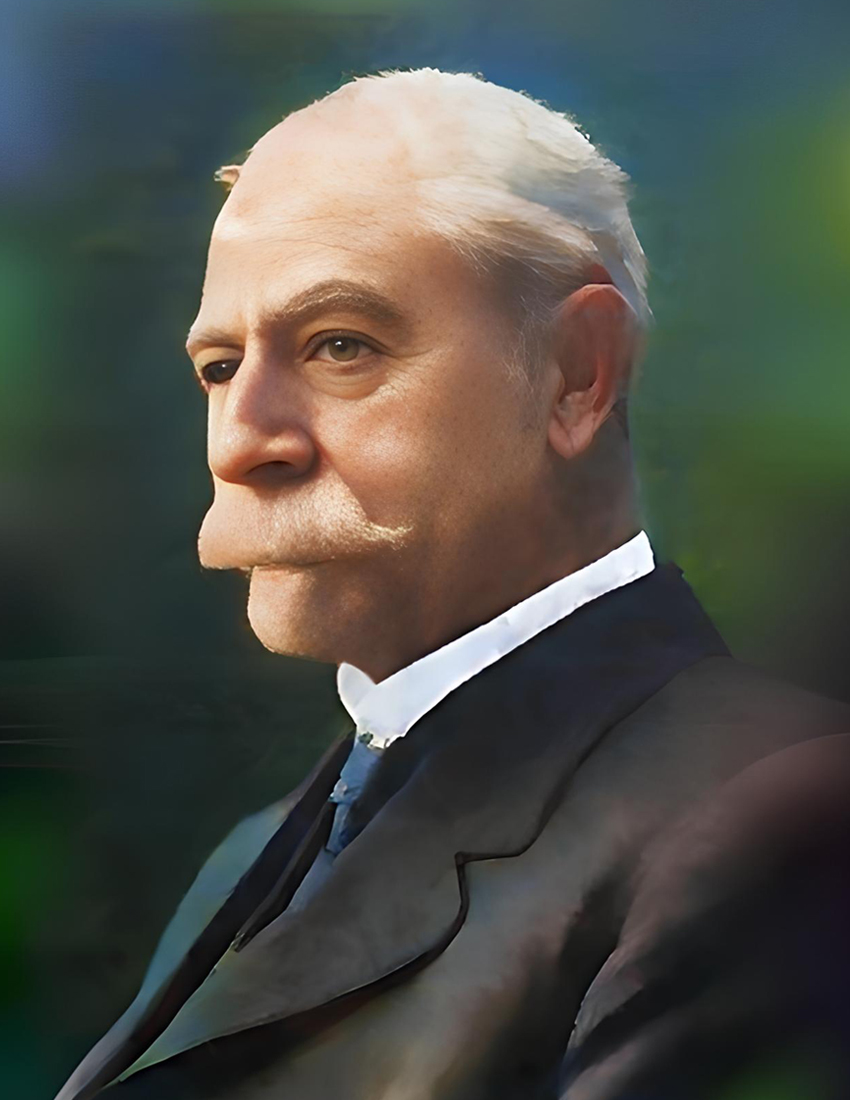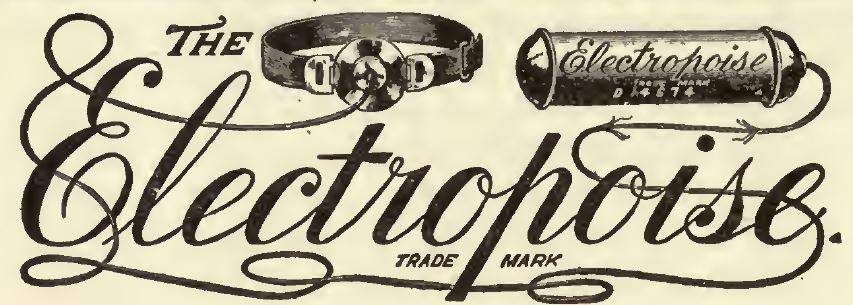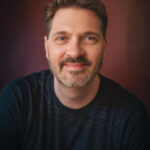Born: November 18, 1849, Baltimore, MD.
Died: August 23, 1928, Catonsville, MD.
Buried: Greenmount Cemetery, Baltimore, MD.
Russell Kelso Carter

Hymns by Russell Kelso Carter
Russell Kelso Carter: A Complex Legacy
Russell Kelso Carter (1849-1928) was a man of many talents and contradictions – a gifted hymn writer, passionate preacher, and pioneering advocate of divine healing, whose life and teachings left a complex legacy that continues to inspire and unsettle.
Early Life and Education
Born in Baltimore, Maryland on November 18, 1849, Carter grew up in a devout Christian home. He attended the Pennsylvania Military Academy, graduating in 1867 with a degree in Civil Engineering. Upon graduation, he returned to his alma mater as a professor of science and chemistry, a position he held until 1872.
Spiritual Awakening and Ministry
Carter’s life took a pivotal turn in the late 1870s when he experienced a profound spiritual awakening. Struggling with chronic health issues, he sought healing through prayer and became a vocal proponent of the divine healing movement. He wrote extensively on the subject, including the influential book “The Atonement for Sin and Sickness” (1884), in which he argued that physical healing was provided for in Christ’s atoning work on the cross.
Throughout the 1880s and early 1890s, Carter was a prominent figure in the holiness movement, working closely with leaders like A.B. Simpson and Charles Cullis. He preached at numerous conferences and camp meetings, sharing his testimony of healing and his conviction that God’s promise of wholeness extended to both the soul and the body.
Hymns of Faith and Promise
In the midst of his ministry and personal struggles, Carter turned to hymn writing as an expression of his faith. He collaborated with prominent gospel musicians of his day, including John Sweney and A.B. Simpson, to produce collections like “Hymns of the Christian Life” (1891). His most enduring contribution to Christian hymnody is undoubtedly “Standing on the Promises,” a triumphant declaration of trust in God’s faithfulness that continues to inspire believers around the world.
Evolving Views on Divine Healing
As the years passed, Carter’s theology on divine healing underwent a significant shift. He moved away from his earlier belief that “healing is in the atonement” and began to view “healing by faith in this age as a matter of special favor from God, always peculiarly under the guidance and leading of the Holy Spirit.”
In 1897, Carter published a book titled “Faith Healing Reviewed After Twenty Years,” in which he critically examined his own experiences and those of others in the divine healing movement. The book grappled with the perplexing question of why some people remained unhealed despite their sincere faith and earnest prayers.
Carter’s central proposition was that his own lack of healing was not due to a deficiency in his faith, but rather because it was not God’s will for him to be healed. He acknowledged that prayer for healing could be effective, citing several positive examples, but he also pointed out that only a small percentage of people actually experienced miraculous healing.
By bringing this issue to the forefront of discussion, Carter challenged the prevailing narrative of the divine healing movement and invited a more nuanced understanding of God’s sovereignty and the mystery of unanswered prayer. His book sparked both controversy and reflection within the church, as believers grappled with the complexities of faith and healing.
Personal Life and Later Years
Amidst his theological wrestlings and ministry endeavors, Carter’s personal life underwent significant changes. Around 1895, he remarried to a woman named Elizabeth (a social taboo at the time), following a period of estrangement from his first wife.
In the late 1890s, Carter’s own health struggles resurfaced when he was diagnosed with tuberculosis. In a surprising turn of events, he found healing not through prayer alone, but through a newly developed medical treatment. This experience further shaped his evolving perspective on the interplay between faith and medicine in the pursuit of healing.
Controversy and Changing Views
However, Carter’s journey was not without its controversies and contradictions. In the 1890s, he became disillusioned with the divine healing movement and began to promote questionable medical devices. His endorsement of the “Electropoise” and “Oxydonor Victory,” which were later exposed as fraudulent, damaged his credibility in some circles.
More troubling were Carter’s evolving theological views, particularly his embrace of British Israelism and its racially charged offshoots. In his 1894 book “The Tree of Knowledge,” Carter proposed a theory linking the fall of humanity to the sexual seduction of Eve by the serpent. While Carter himself did not explicitly promote racial hatred, this theory would be adopted and distorted by white supremacist groups in the early 20th century.
A Complicated Legacy
Russell Kelso Carter’s life and work present a challenging paradox. On one hand, his hymns and early teachings on divine healing brought comfort and inspiration to countless believers. His passion for the gospel and his willingness to share his own struggles and triumphs continue to resonate with Christians today.
On the other hand, his later associations with pseudoscience and his role in popularizing teachings that were used to promote racial bigotry cast a shadow over his legacy. As we reflect on Carter’s story, we are reminded of the importance of discernment and the need to test all teachings against the clear truth of Scripture.
Perhaps one of the most valuable lessons we can glean from Carter’s journey is the importance of engaging honestly with the difficult questions of faith and healing. His book “Faith Healing Reviewed After Twenty Years” stands as an invitation to the church to grapple with the mystery of God’s will and the reality of suffering, even as we hold fast to the hope of the gospel.
In the end, Carter’s legacy is one that calls for both gratitude and caution. We can appreciate his contributions to Christian hymnody and his early passion for sharing the message of divine healing, while also recognizing the need to approach his later teachings with discernment and wisdom.
As we reflect on the complexities of Russell Kelso Carter’s life and work, may we be inspired to seek God’s truth with humility and grace, ever mindful of the profound mystery of His ways and the transforming power of His love.


